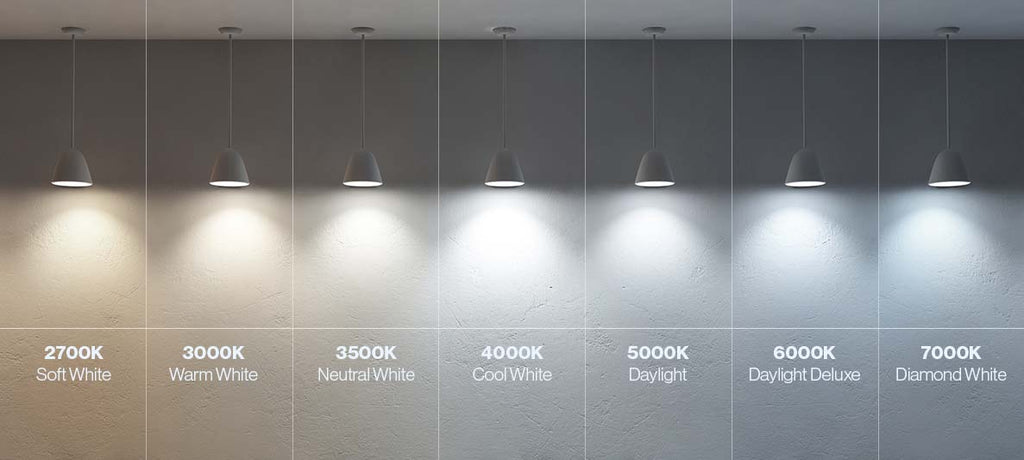What are Bug Lights and How Do They Actually Work?
Look, I know that we’re well into November. I know that for most of the U.S, it’s way too cold to be hanging out in the backyard, barbecuing or whatever people do in yards (I live in LA—backyards aren’t really a thing here). But while summer days might be too hot, those cool summer nights are perfect and I’m feeling nostalgic already.
The only downside to a sunset backyard hang? The bugs. The relentless buzzing of mosquitoes looking to take a bite out of you, and the occasional dive-bombing moth. These pests are inevitable. So, what can we do about it?

The Magic of a Bug Light
Okay, so maybe these little, yellow bulbs aren’t magic, but they certainly feel that way. The science behind bug lights is actually pretty straightforward. Most insects, especially those pesky ones like moths and mosquitoes, are attracted to bright white and blue lights. This attraction is partly due to the fact that these insects use light for navigation. When they see bright lights, they head toward them (and in turn, you and your guests).
Bug lights, on the other hand, use a different wavelength of light that doesn’t attract these little nuisances. By emitting light in the yellow spectrum, they reduce the likelihood of bugs swarming your space, allowing you to enjoy those warm evenings without the buzzing interruptions.

The Science of Light
Let’s get a bit nerdy for a second and break down how these bulbs actually work. Light can be categorized by its wavelength, which is measured in nanometers (nm). Most traditional outdoor bulbs emit light in the blue and ultraviolet (UV) spectrum—about 350nm—which is highly attractive to bugs. In contrast, bug light bulbs typically emit light around the yellow range, which is about 590nm.
Here’s where it gets interesting (if you find bugs to be interesting...which, I do): many insects have specialized photoreceptors that can detect UV light. When they see it, they think, “Party time!” and head toward the glow. However, yellow light doesn’t trigger the same response, meaning your chances of a peaceful evening increase dramatically.

Why Use Bug Light Bulbs?
The first and most obvious argument is that bug lights do actually keep the bugs at bay. Fewer bugs means more fun for you and your guests. Instead of slapping your arms and swatting at your face, you’re relaxing, laughing, and enjoying your time outside. Sounds great, right?
“But Julia, I could just get bug spray.” And subject yourself and your company to that nasty chemical smell and the sticky residue that traditional insect repellents leave on your skin? Yeah, sure. That sounds like a good time.
Studies have proven that most bug repellents contain a compound referred to as DEET (the chemical name is N,N-diethyl-meta-toluamide, which is too long so we’re going to stick with DEET). DEET is a chemical that repels biting insects, mites, and ticks. Unfortunately, this compound is also incredibly harmful to children and pets, as it is known to cause nervous system damage. This includes things like seizures, intense disorientation and even comas.
And yes, you could opt for the cans of bug spray that claim to be DEET free, but according to the majority of outdoor enthusiasts, these sprays are hardly effective. One user in a hiking subreddit says “To be honest with you, I have tried a multitude of natural products that are DEET-free, only to still be bitten by mosquitos. I don't like overly smelly and sticky bug sprays, but I need the product to be effective.”

How to Use Bug Lights Effectively
When it comes to bug lights, you’ll find a few different options on the market, but LED bulbs are the most common. Utilizing LED technology means that they use less energy and last longer than traditional bulbs. Sunco’s bug lights, for example, not only keep the bugs away but also help you save on your electric bill. It’s a win-win!
While you could just plug these bulbs into any old outdoor fixture, there are a few ways in which you could maximize the lights’ potential.
-
Strategic Placement
Place your bug lights around areas where you spend the most time outdoors, like patios, decks, or pools. The idea is to create a bug-free zone by illuminating the space where you’ll be hanging out the most while keeping the surrounding areas dim.
-
Use Multiple Lights
If you’re hosting a big gathering, consider using several bug lights. This can help create a wider barrier against insects, ensuring that they have fewer places to swarm. Plus, it adds a lovely glow to your outdoor space!
-
Combine with Other Repellents
Sometimes bugs are extra persistent. If you’re in a particularly buggy area like a swamp or a lake, you might want to take additional precautions. Combine your bug lights with natural repellents like citronella candles or essential oils for extra protection.
-
Keep It Clean
A clean outdoor space is less attractive to insects. Make sure to clean up any food spills or standing water (where mosquitoes love to breed) to enhance the effectiveness of your bug lights.

Enjoying a Bug-Free Space
There’s nothing quite like enjoying the great outdoors, no matter the season. Even as we approach the end of fall, we can still hold onto the feeling of a cool summer night. Bug lights offer an effective and fun way to keep those pests away while enhancing your outdoor ambiance. If you’re looking to invest in some bug lights, Sunco has got you covered.


